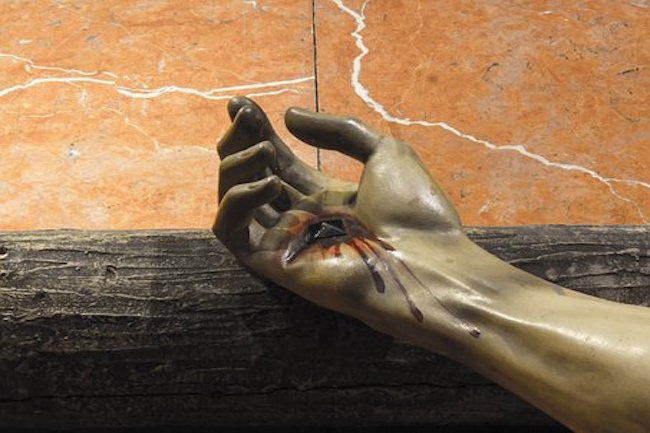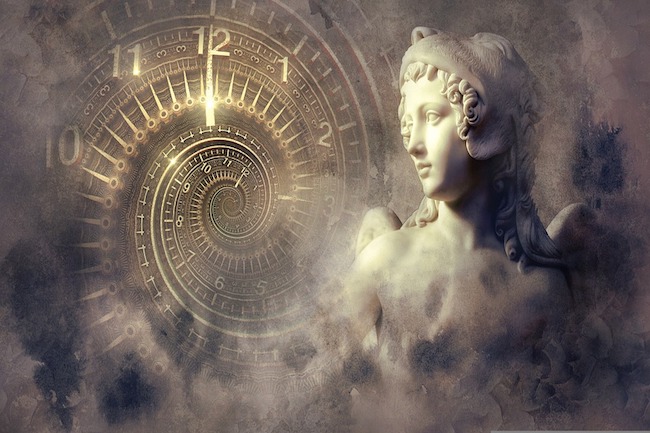Does Jesus’ Skin Color Really Matter? By LightWorkers for FaithWire
The skin color of Jesus has been a wildly popular and equally controversial subject for centuries. Especially relevant today with faith-based entertainment on the rise, we’re exposed to countless depictions of Jesus. You’ll seldom find a casting lacking a controversy firestorm behind it. Just dare to glance at the comments of any of these Jesus movies or series and you’ll be sure to witness some “passionate” exchanges.
“This is completely inaccurate, Jesus wasn’t Hispanic.”
“OK there’s NO way He was black—they’re trying too hard.”
“Jesus couldn’t have had those conditioned locks—give me a break!”
The public’s fascination with what Jesus looked like seems to go much deeper than just historical curiosity, there’s a significant emotional thread.
The question is: why do we wrestle with the ethnicity of Jesus? Does it actually matter in the end?
The debate over Jesus’ ethnicity has existed since the earliest days of Christianity. There are no descriptions of his physical appearance in the Bible. Some speculate it’s intentionally been left out to keep the mystery of God intact.
With no remnants of skeleton or DNA, we’ve relied heavily on the artistic depictions of Jesus as our visual cue. As noted on Loyala Press “Artists often rely on their cultural or religious backgrounds and current events to depict Jesus in a relevant way.”
Each representation speaks into who Jesus is and how He relates to time, culture, traditions and humanity.
What did safety, hope, the Shepherd, the Savior look like to the people of that time and place? The ever-changing features of Jesus begs to answer the question. Frankly, Jesus becomes a cultural mirror. While the Western depictions of a handsome, Caucasian, long-haired Jesus are most dominant, we also see depictions around the world reflecting various cultures from Hispanic, Arab, African, Asian and so on.
In 2015, Esquire reported a photo created by British and Israeli archaeologists using forensic anthropological technology to create “the most accurate image of the most famous face in human history.”




